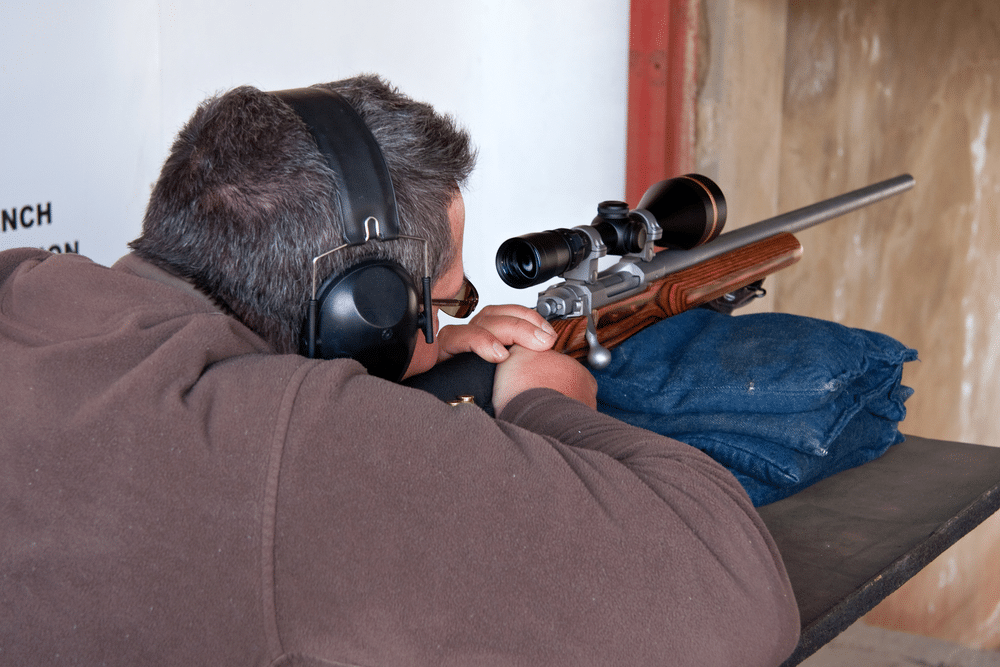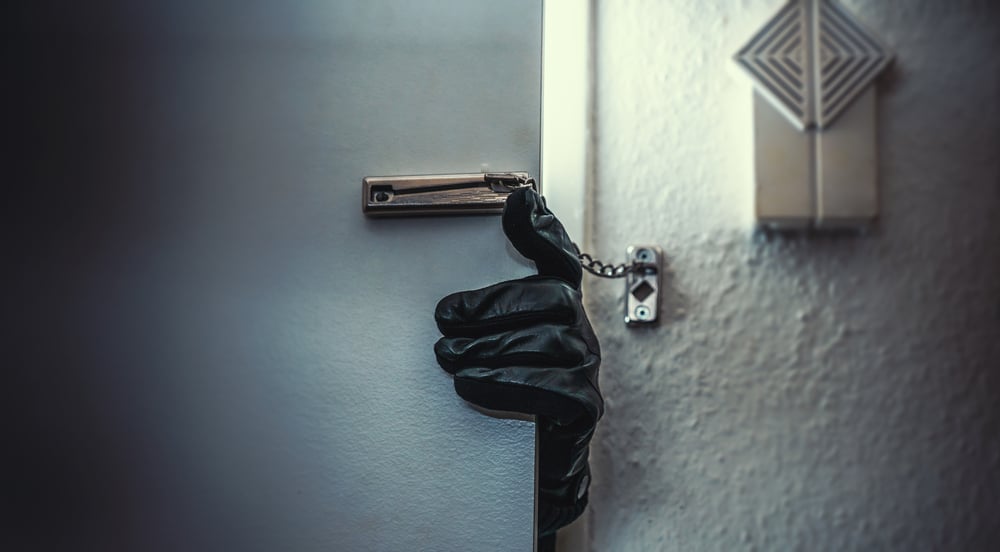Owning weapons is great. Owning weapons and knowing how to use them is even better.
Many people own weapons because they are afraid of their home being broken into. However, have you actually thought about what you’re going to do if that happens?
In this article, we will go over some basic home defense tactics. We will make some basic recommendations, but the best thing you can do is have some type of plan.
5 Home Defense Tactics to Learn
For this article, we will go over some general courses of action.
#1 Avoid
The first course of action is to completely avoid the intruder.
To many gun owners, this may seem strange, but your best bet is to avoid the intruder. Getting into a wild wild west shootout in your living room is not your best choice.
If the intruder does not know you are in the house, barricade yourself somewhere with a weapon, contact the police, and wait it out.
However, if you have children that are in separate bedrooms or the intruder knows that you are home, this may not be your best bet.
#2 Escape
If you and your family are able to easily run from the threat, that is another viable option. If everyone can safely and quietly get out, arm yourself, leave the home, and call the police.
However, with so many homes having bedrooms upstairs, this is likely not possible for you.
#3 Fight
So, if neither of these options work for you, you are going to have to engage the intruder. Before getting into some factors to consider, we are going to assume that your weapon is easily accessible, and preferably is stored with a round in the chamber.
Once you have armed yourself, they key things to consider are cover and speed.
#4 Cover
Cover refers to something that can protect you if you are getting shot at. True cover will stop a bullet. A wall is not cover, because a bullet can travel through a wall. As you can imagine, there are very few things within a home that truly are cover. A brick fireplace or extremely thick/heavy furniture may work.
So, with a lack of cover, there are a few things to think about for protecting yourself. If you can kneel down or engage the target from somewhere other than a normal standing profile, it will help you.
Kneeling makes your body smaller, so there is less to aim at. Shooting from a different perspective (such as from upstairs) will also help, because the intruder will have to make very fast adjustments to where they have to return fire... if they are able to.
While a wall is not cover, it will hide your body and give you a significant advantage. If you can peek out from around a wall, you will be able to get a shot off from an unusual position. The intruder will likely not be able to process getting shot at, your body being hidden behind a wall, and returning fire through a wall in rapid succession.
True cover is ideal. If you can shoot from somewhere that you can’t get shot through, you should do that. However, in a house, this is extremely unlikely.
#5 Speed
The last thing to consider about engaging an intruder is the speed at which you shoot.
Speed will save your life in this type of situation. You need to be able to rapidly engage a target that will likely be moving and potentially firing back.
When I say speed, I mean being able to rapidly acquire, engage, and re-engage the target.
Having a good sight will help, as it will help you acquire the target faster than iron sights. Familiarity with the weapon will allow you quickly turn the safety off and engage the target. Having a bright light mounted to your weapon will also help, as it may temporarily blind the target and give you a little extra time to acquire and engage.
This will come from practice. When you are at the range, practice acquiring and engaging targets faster. Doing nothing but accuracy shooting off of a shooting stand will not help you. Put yourself in some uncomfortable situations, from different positions, and acquire targets as fast as you can.
You can even do dry runs in your house. If you do this, make absolutely certain your weapon is cleared.
Other Considerations
Lastly, keep in mind where you will be shooting. Like we said before, bullets will travel through walls. Make sure you are aware of exactly where everyone in the house is before shooting at anything.
If you are shooting a shotgun with the best scope, most shot will be slowed down significantly, but slugs will definitely travel through walls.



